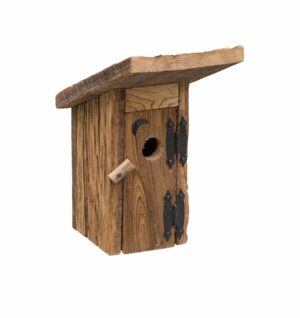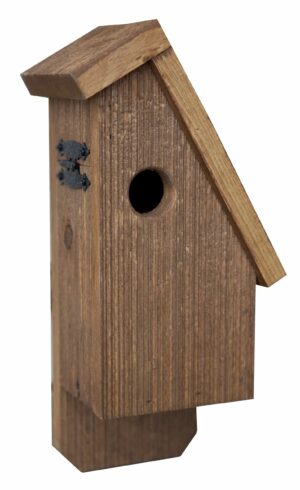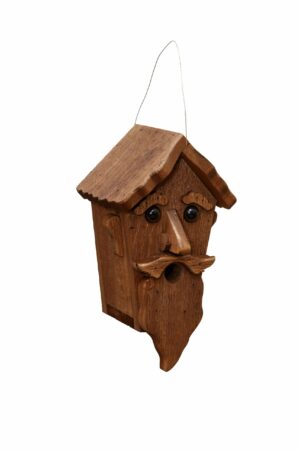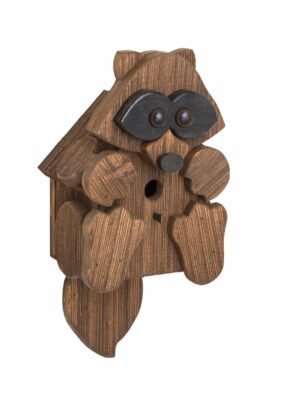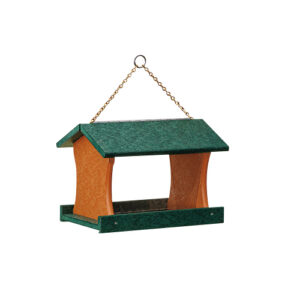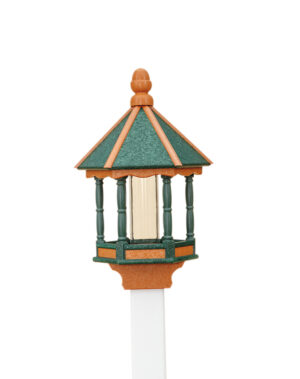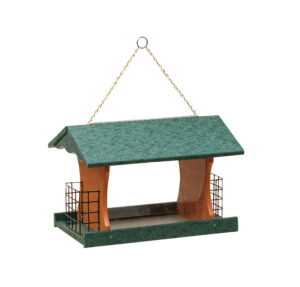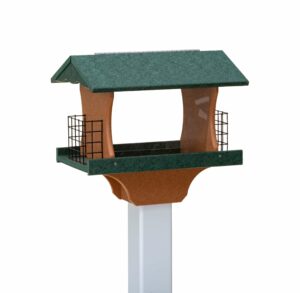
Everything You Should Know About Bluebirds
What are Bluebirds?
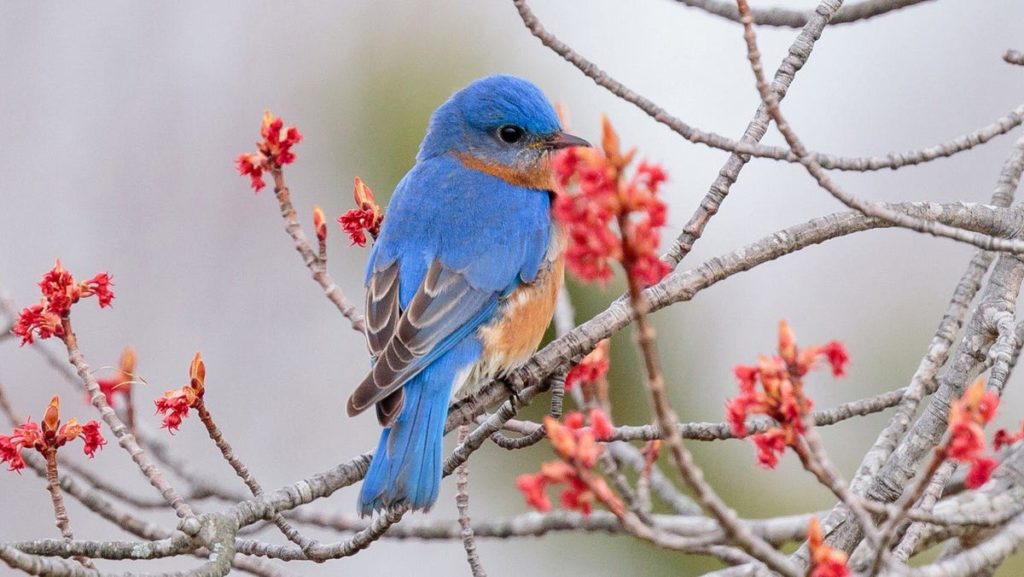
Bluebirds with their beautiful song and brilliant plumage have long captured the hearts of poets, authors, songwriters, and photographers. A member of the thrush family – the Eastern bluebird is the only bluebird east of the great plains. Other bluebirds are the western bluebird and the mountain bluebird.
As early as February you can hear the male bluebirds’ beautiful song. He sings to attract a female and in early March he shows her the nesting sites he has chosen. He also sings to warn other male bluebirds to stay away. The female bluebird builds the nest using pine needles, grass, horse hair, etc.
Next, she lays from three to six light blue eggs, they will hatch from twelve to fourteen days later within hours of each other. Now the male bluebird pitches in to help feed the young, at first only with soft insects and caterpillars, later they will also enjoy grasshoppers and crickets. The nestlings grow rapidly, opening their eyes about the eighth day and showing signs of pin feathers by day twelve. In 17-18 days, they are ready to fledge (leave the nest).
Do Bluebirds Hibernate?
Yes, bluebirds do hibernate. When nesting season is over from September to October, bluebirds tend to flock together. Some will migrate to warmer southern states but some will stay in their home habitat if provided with food and shelter. They roost together in large pine trees, hollow trees, and bluebird houses to survive the cold winter.
Without the help of man, bluebirds couldn’t thrive in today’s world due to a shortage of nesting cavities. Bluebirds that cannot find a suitable cavity will not raise a family. In addition to the loss of natural habitat, the bluebird must also compete with the aggressive European starling and the House Sparrow – both aliens which were introduced in the 1800s. We can help by providing nesting boxes with holes too small for the starling but still large enough for a bluebird
Which Animals Prey on the Bluebird?

The bluebird has a lot of enemies, being a small bird that is not that strong, it does put the bird at a slight disadvantage. Some of the bluebirds enemies include the raccoon, Eastern ratsnake, domestic and feral cats, opossums, weasels, skunks, and Sparrows.
There are some ways to protect the bluebirds from some of the animals mentioned above including birdhouses. There are Sparrow resistant bluebird houses available if you live in an area that is over-run by Sparrows. Most of which can be kept from the nest by using baffles and guards.v
Bluebirds are susceptible to insecticides, Bluebirds feed off the ground and will take the poisoned bugs to their babies, this generally kills them. Tree swallows are the opposite, they are hardly ever affected by insecticides because they eat only flying insects.
How to Attract Bluebirds
Other birds that may also nest in bluebird houses are tree swallows and House Wrens. Bluebirds and tree swallows can be good neighbors if there are enough nesting boxes available. Place houses about 20’ apart facing slightly towards each other to eliminate competition.

Tips for Attracting Bluebirds
- Keep the bluebird house in an open habitat.
- Provide perching places close to their nests.
- Supply them with mealworms & berries.
- Clean and repair bluebird houses annually.
Best Birdhouses to Attract Bluebirds
Once you get your bluebird house, the next step is to install it and enjoy it!
Installing a bluebird house is fairly simple. As long as you have got the right tools, you shouldn’t have any difficulty. Here are 3 simple When installing a bluebird house, always remember the following:
Step 1: Positioning Your Bluebirds House
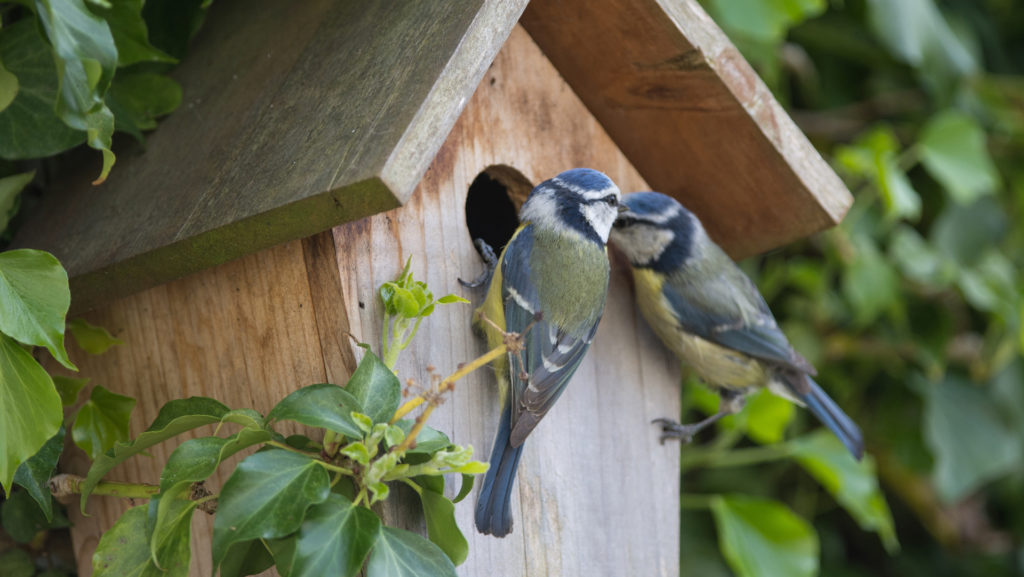
A bluebird house should be facing east to southeast. This allows the morning sunlight to shine through the entrance hole which will help warm the young after a cool night. It will also face the entrance away from most storms. Bluebirds prefer to feed in short, grassy areas such as lawns, pastures, parks, etc.
Step 2: Mounting
- Wooden Post or Tree – Screw the bluebird house onto the wooden pole or tree. Wooden posts are readily available in sizes up to 8 feet!
- PVC Pipes – Use PVC flanges or bolts to mount the bluebird house. It’s difficult for squirrels, cats, and raccoons to climb the smooth surface.
You can also use the video below as a reference to see visually how a birdhouse can be installed.
Once your bluebird house is set up, you can also get a bird feeder to provide a feeding station for your furry friends. You can either build yourself a bluebird feeder or you can shop online and pair your birdhouse with an awesome new birdfeeder as well. Take a look at some of our favorite bird feeders below that would make for a great addition to a bluebird house.

